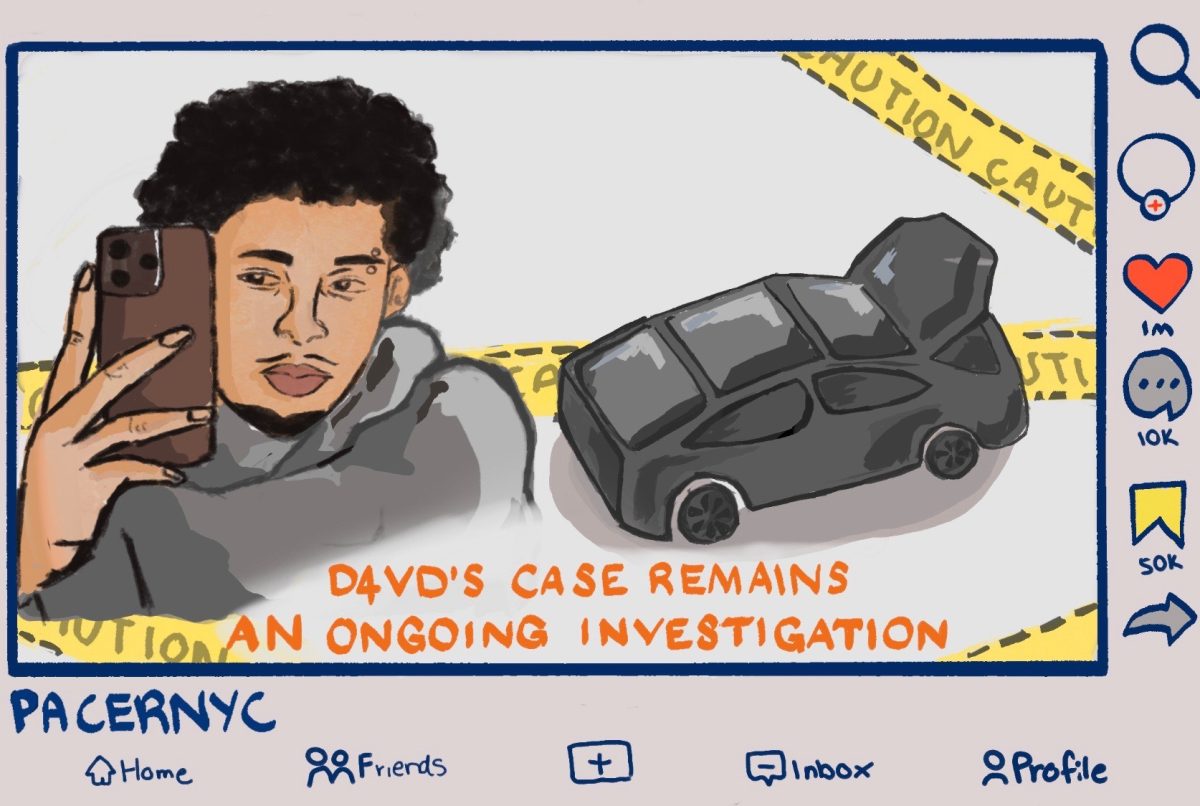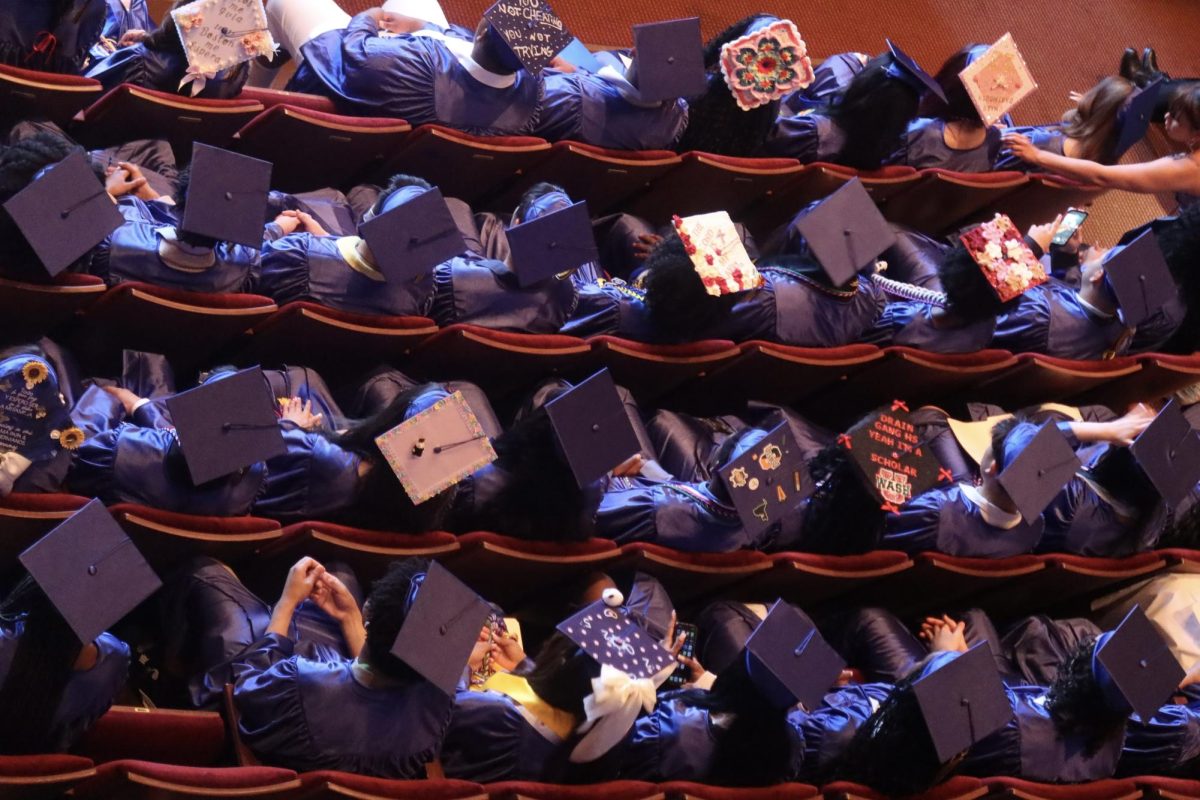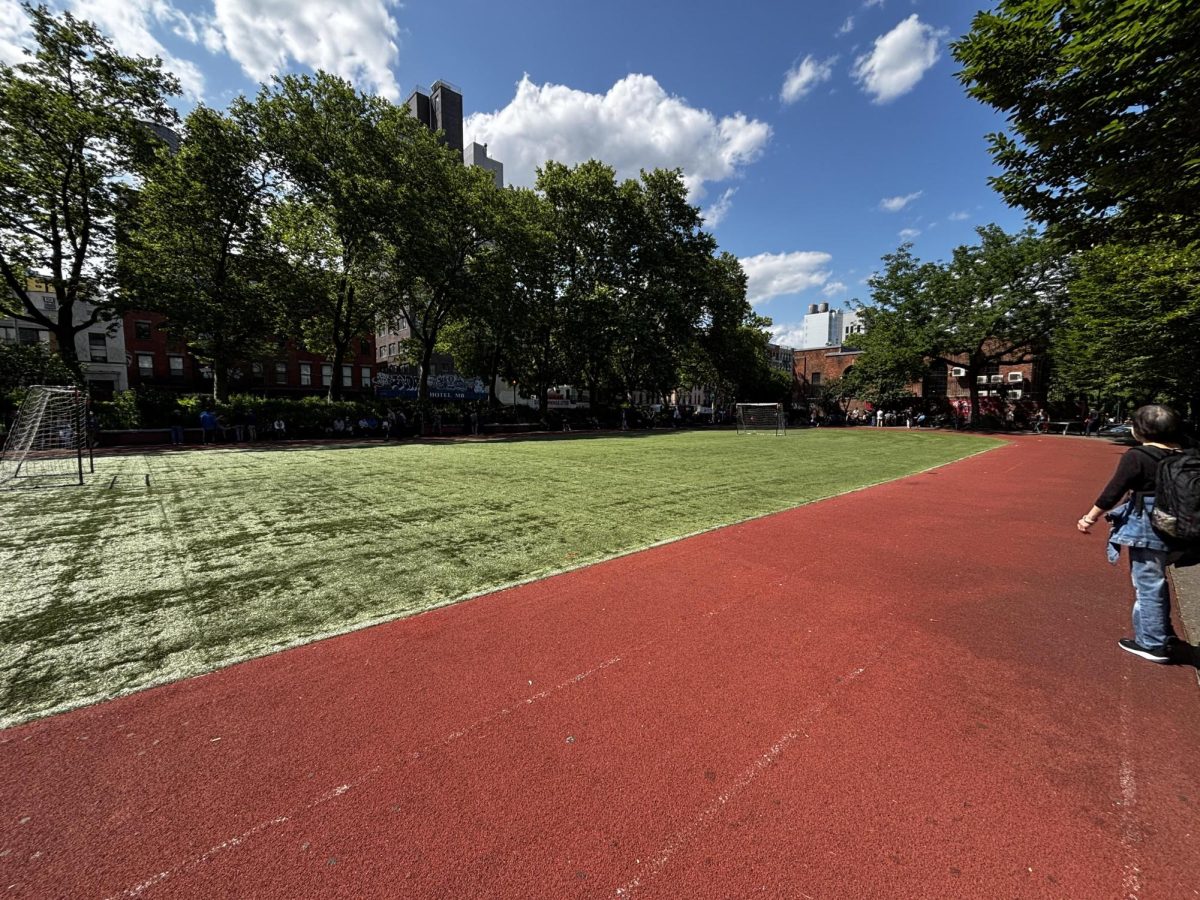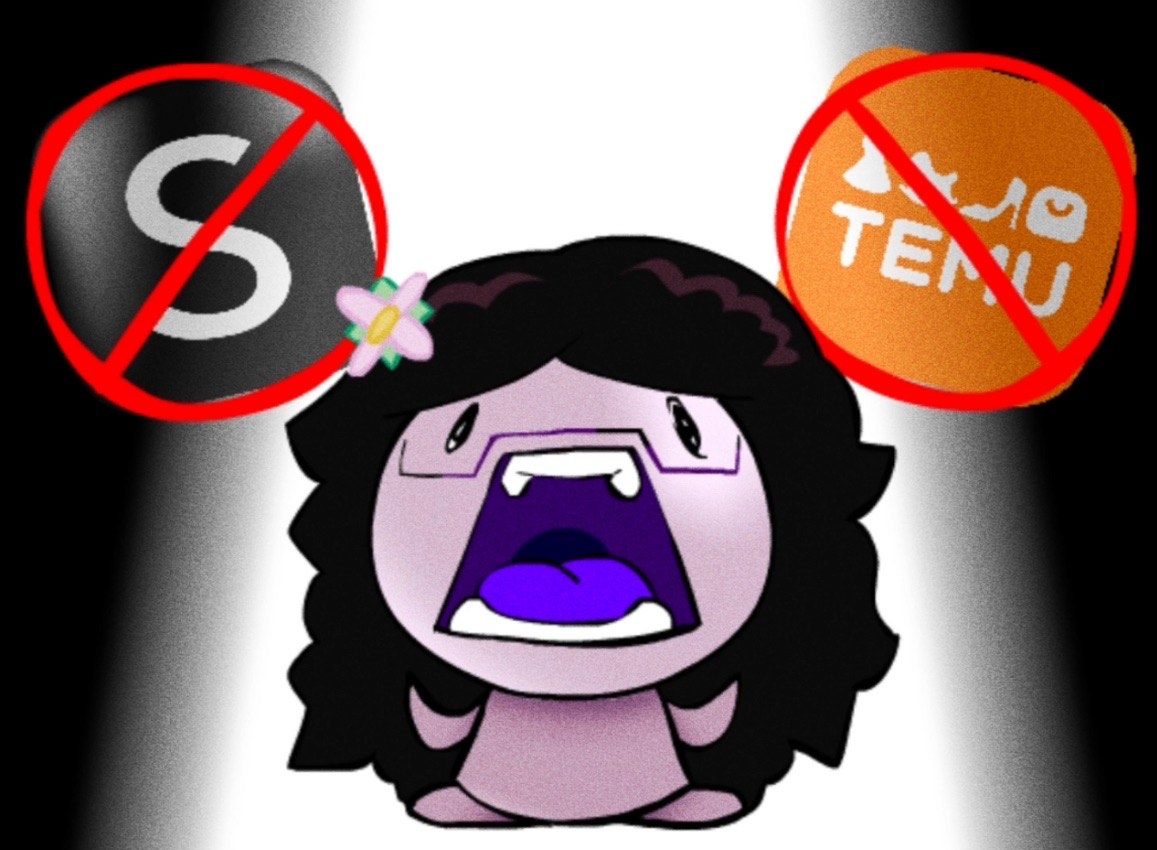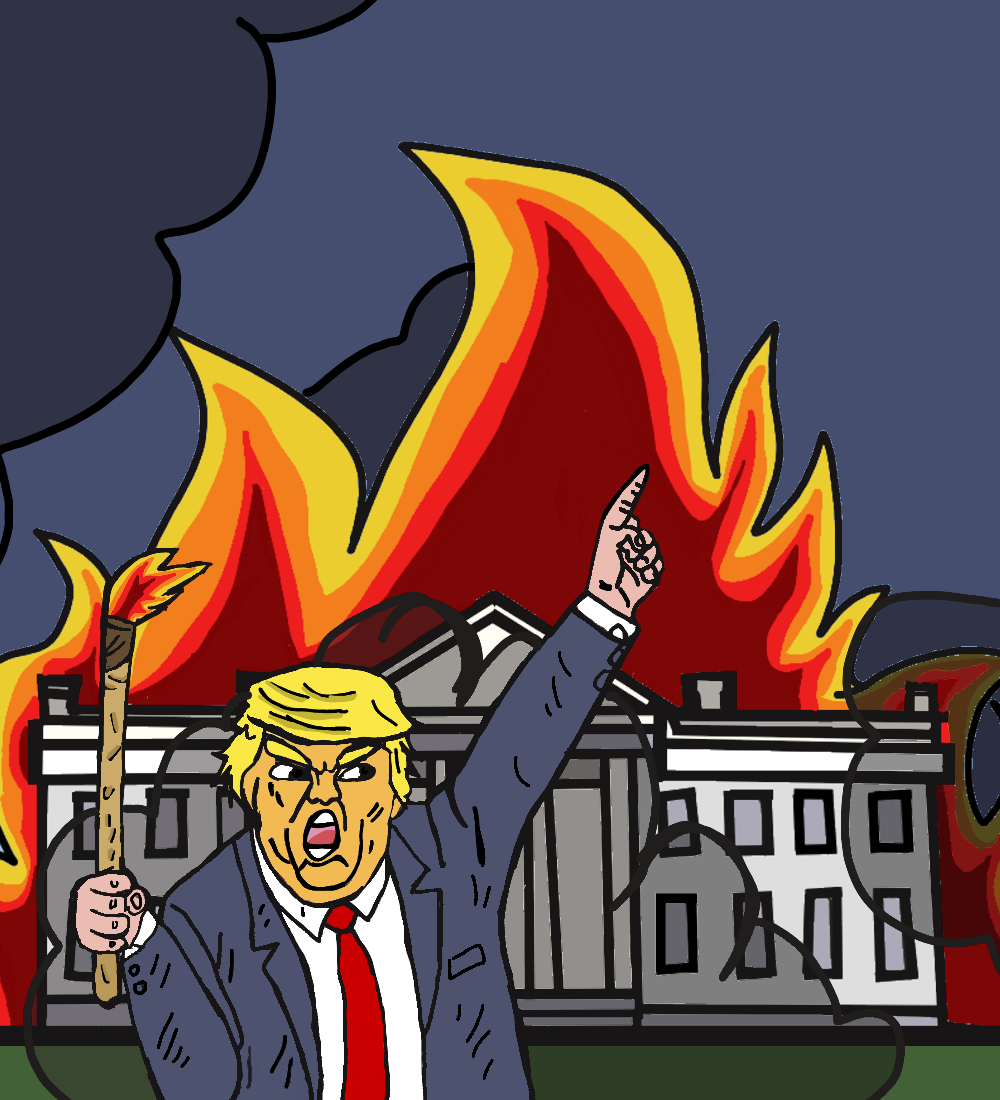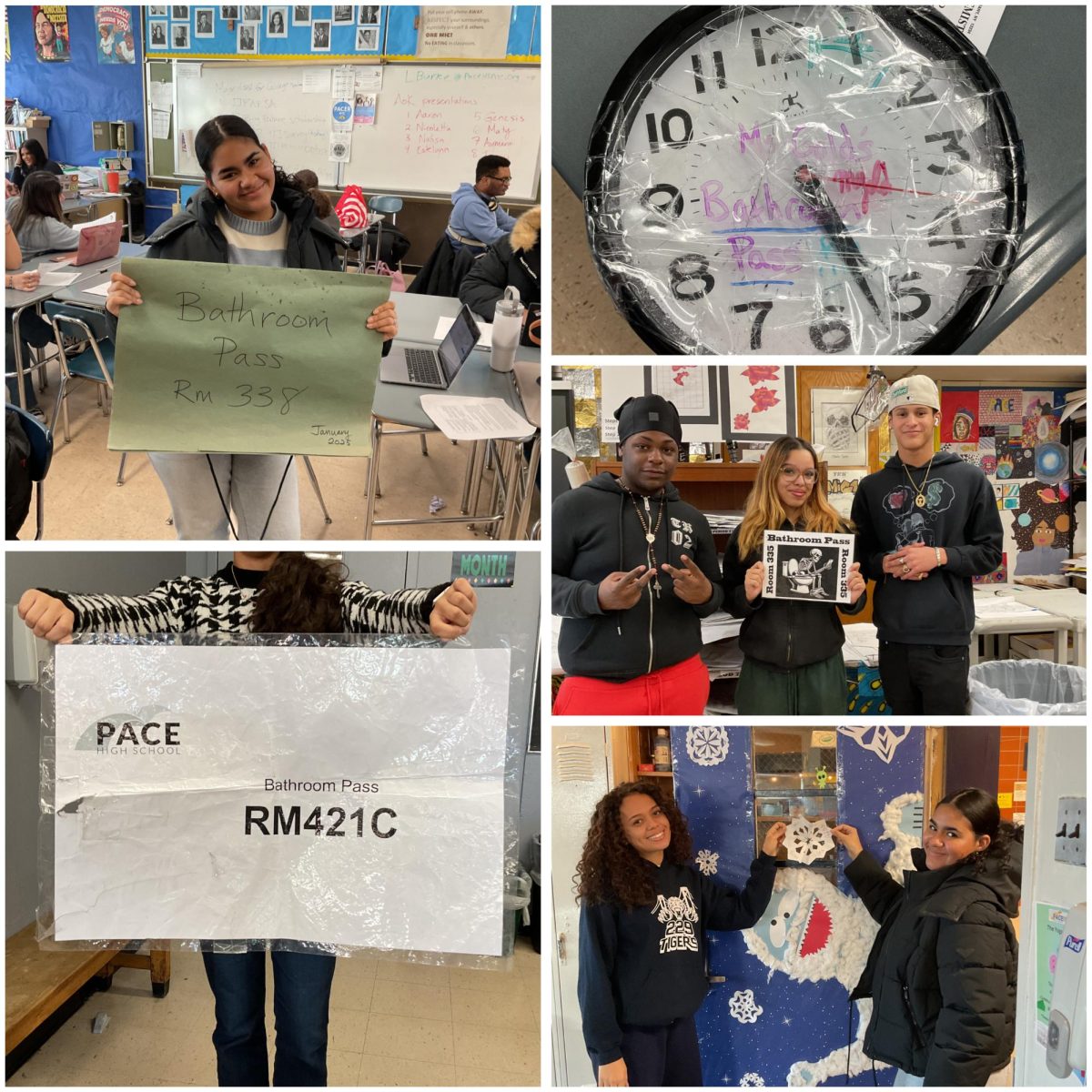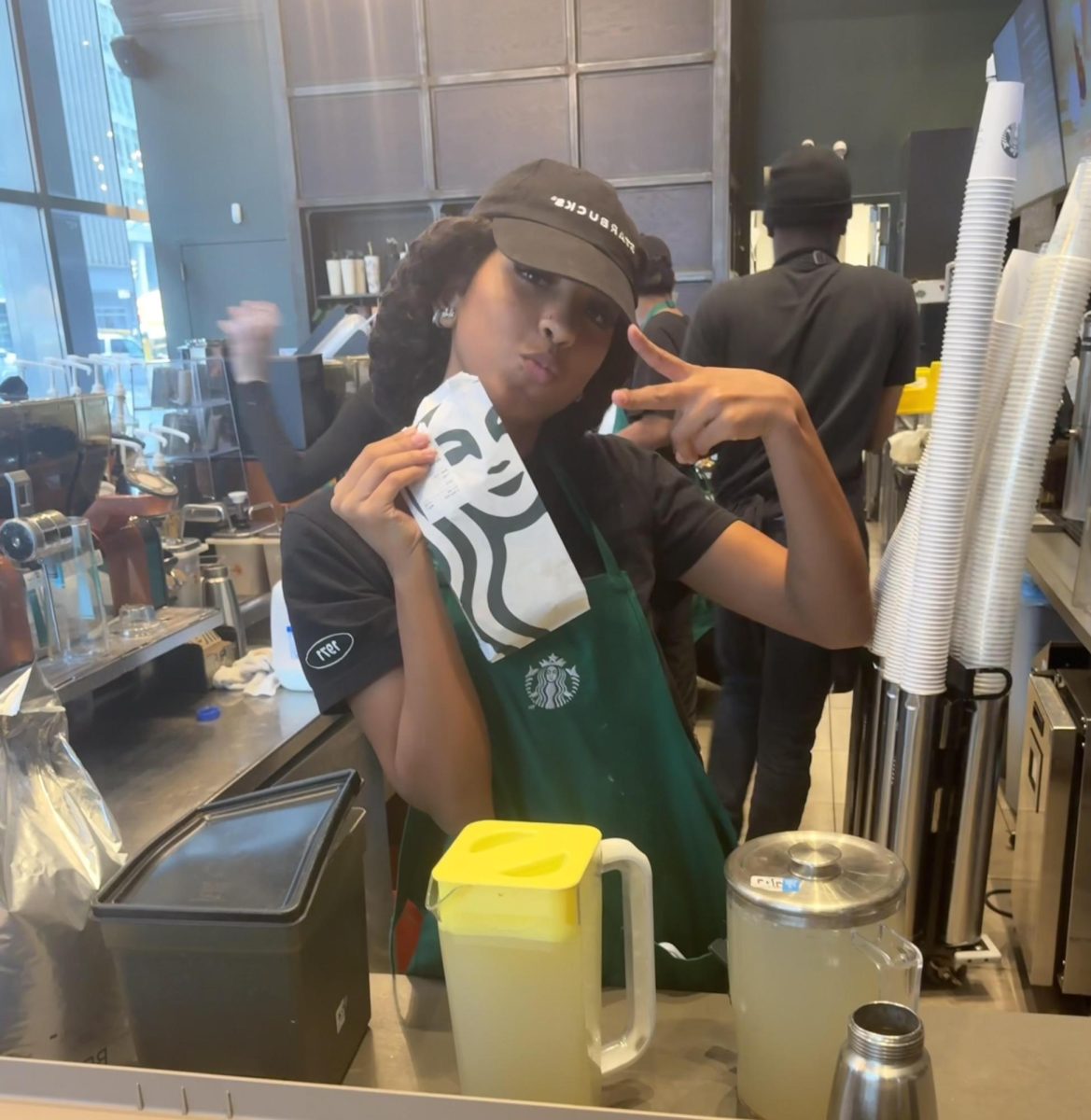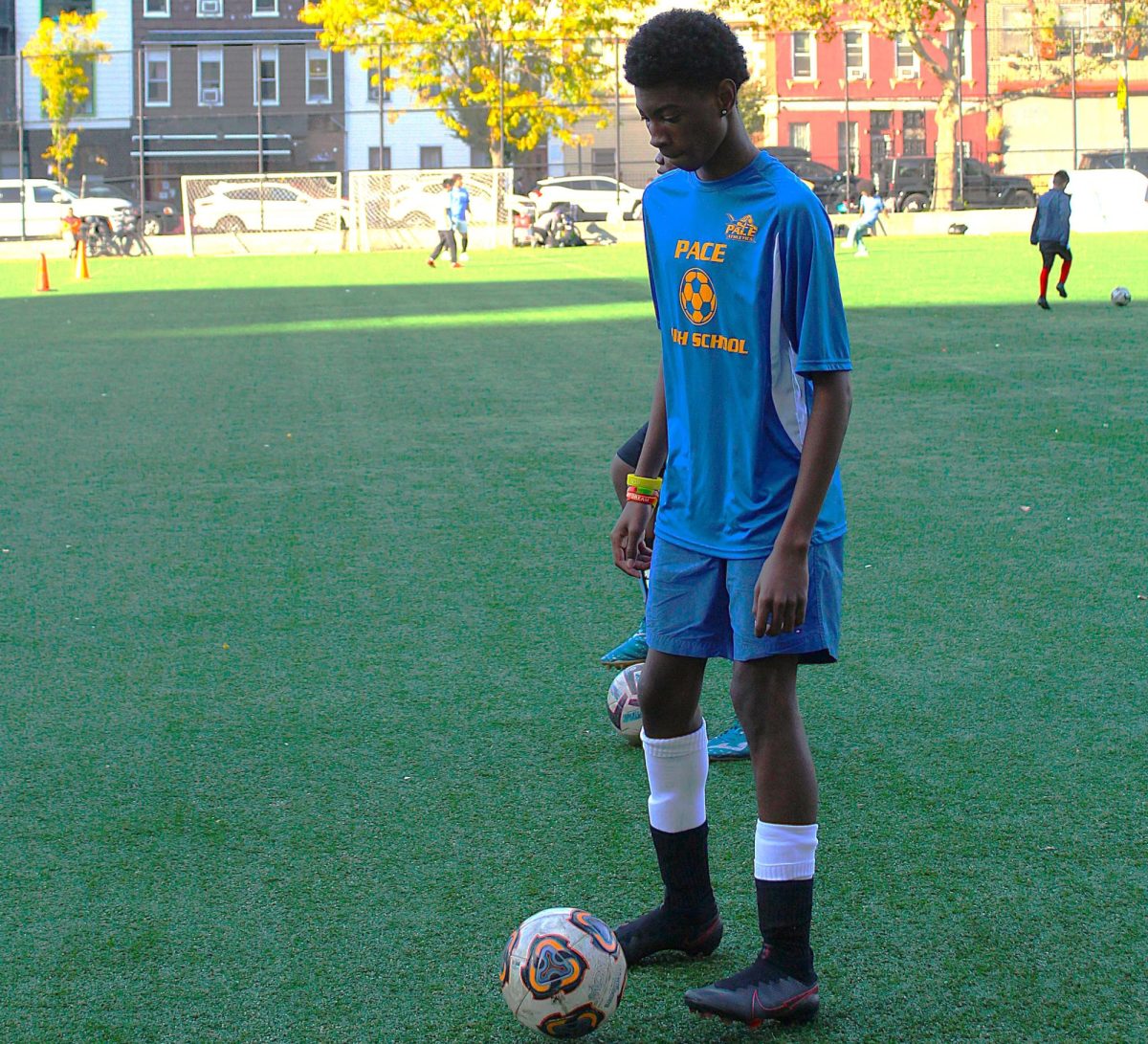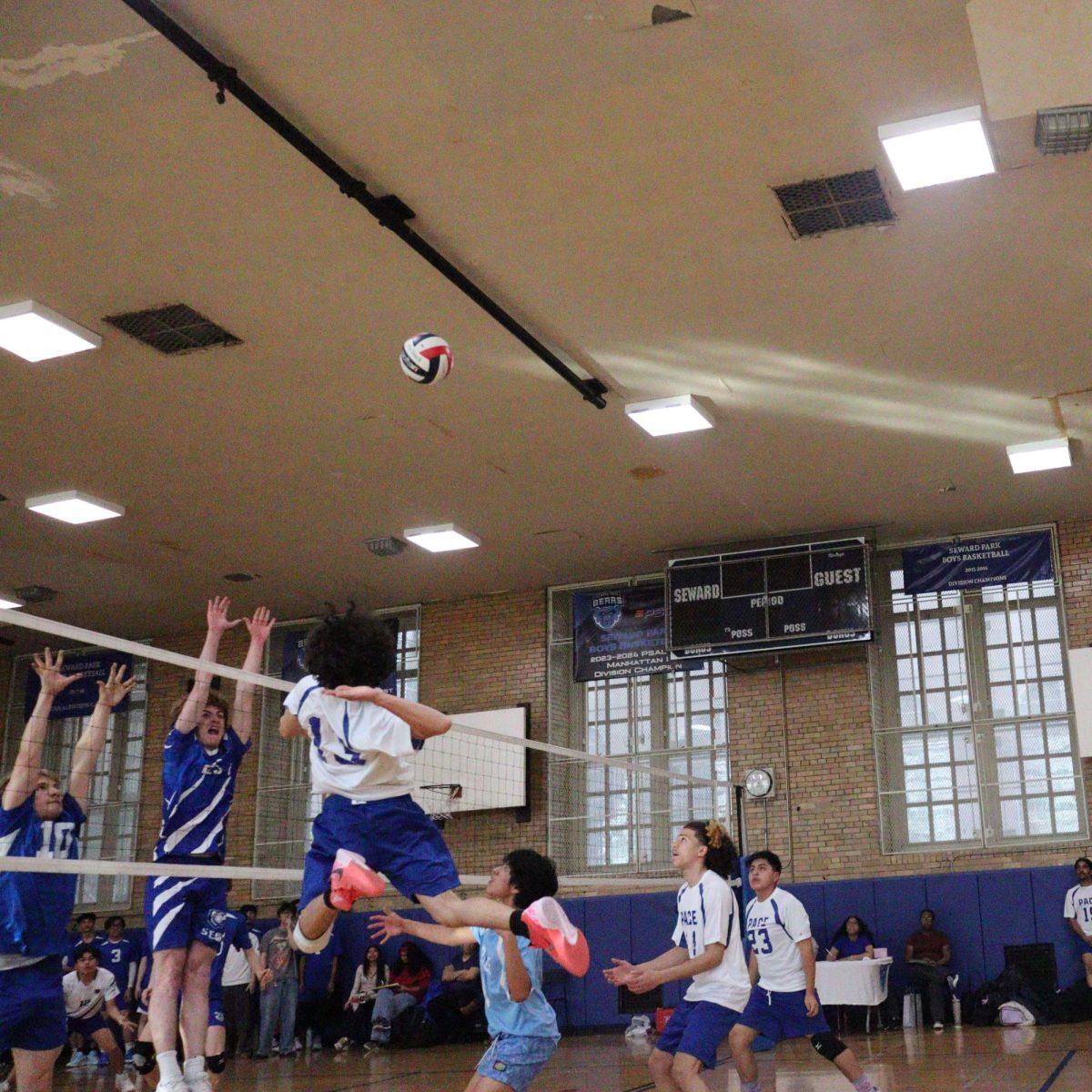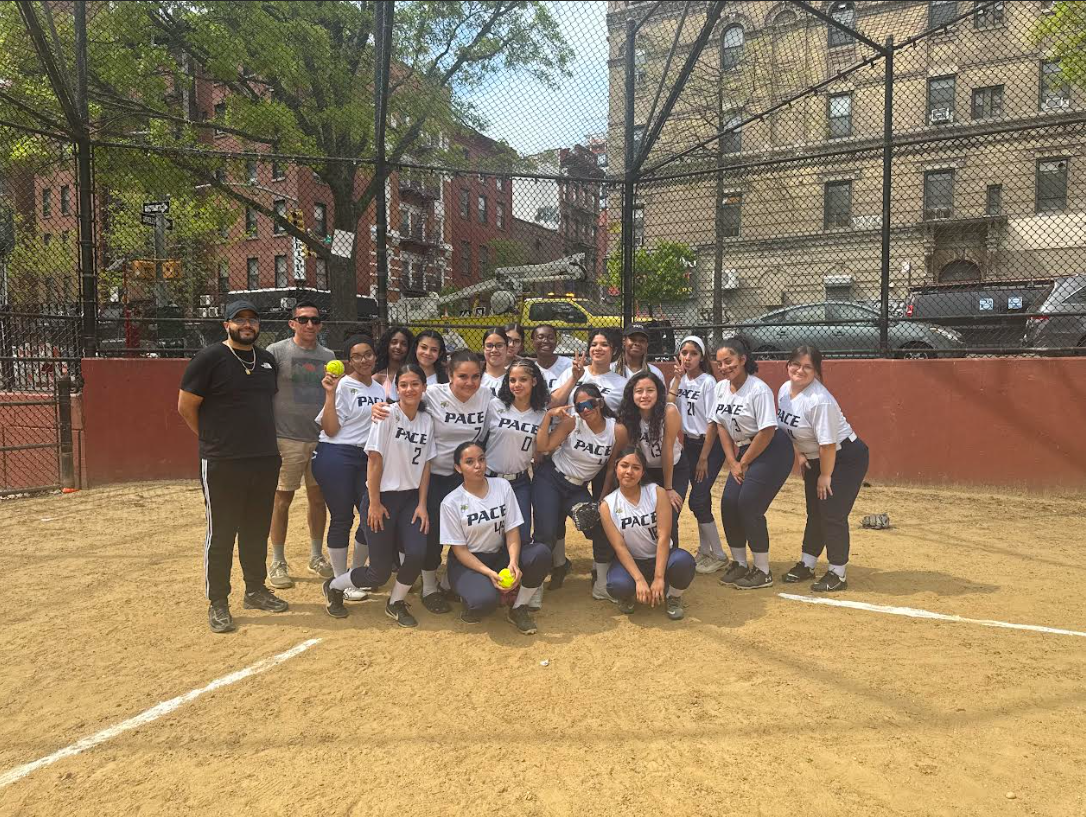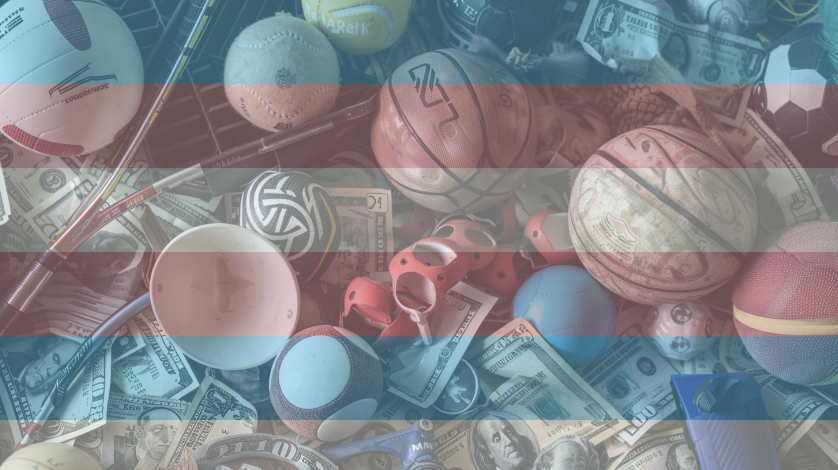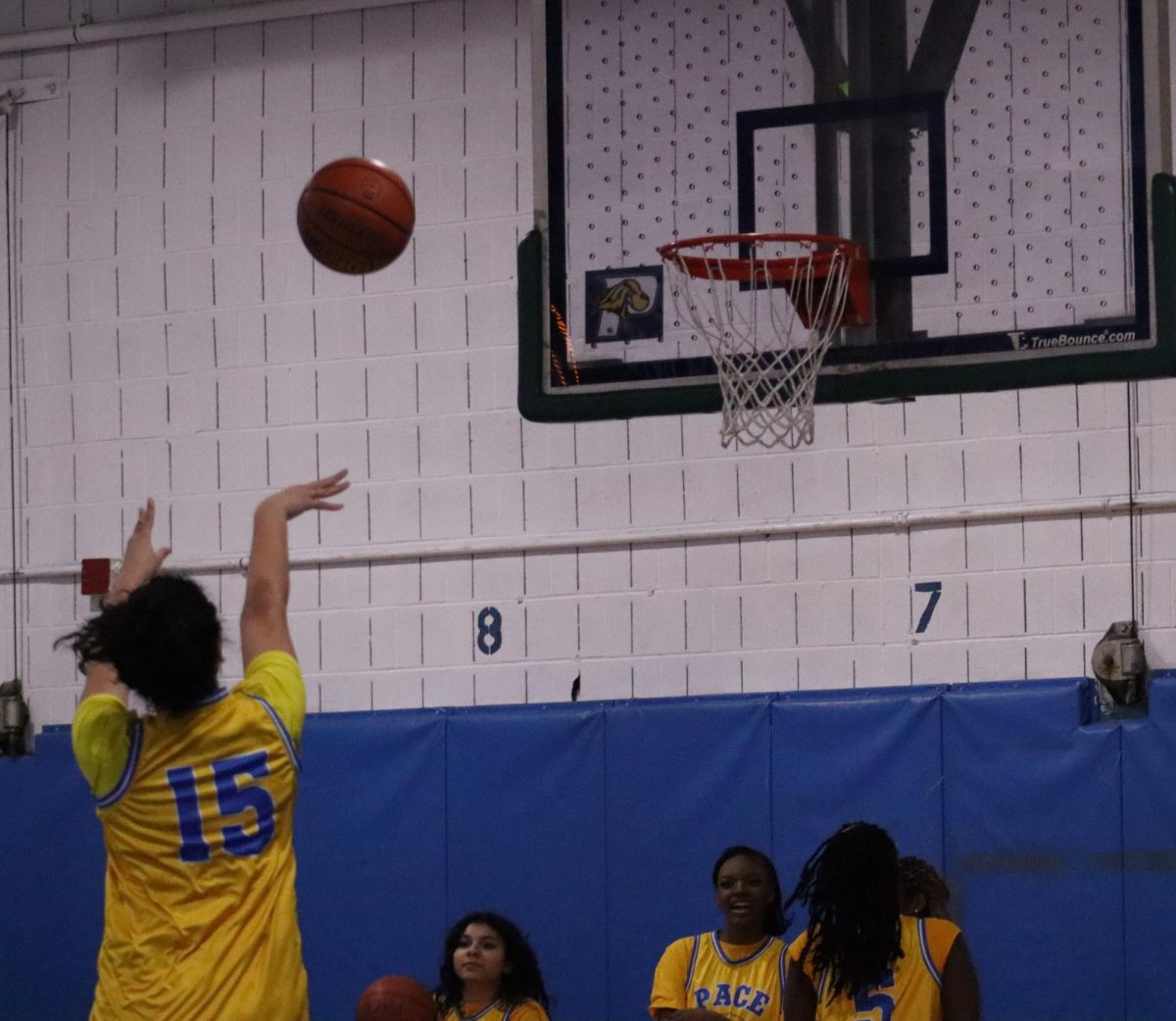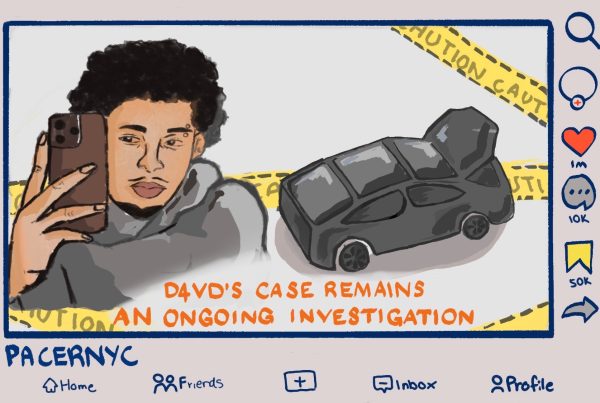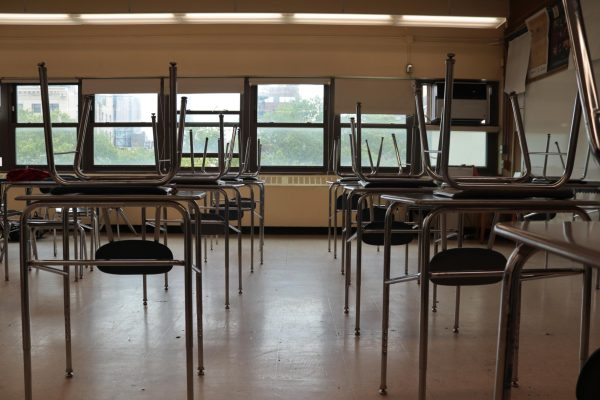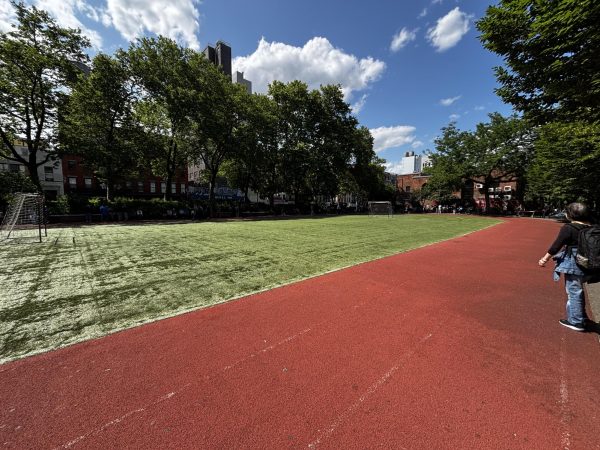Pandemic Lockdown Created Divergent Mental Health Crisis
One student claimed that in the beginning of the Covid pandemic he had an overall 90 point average and during Covid that average dropped to a 75. Other students’ grades increased or they stayed the same. It all depended on if you were distracted or not, your mental health situation, and the health and economic challenges you and your family members faced. It depended on who made the latest TikTok or Instagram Reel. All of this grabbed students’ attention, to the point where some students had to download apps for them to stay off of their phones just so they could focus on school work.
During the pandemic, a larger than average share of young adults ages 18-24 reported symptoms of anxiety and/or depressive disorder (56%). Before the pandemic, only 11% of young adults reported those symptoms or disorders. Clearly the rates have skyrocketed. There wasn’t much treatment put through even before the pandemic, everyone just assumed young adults and teenagers were just going through “phases.”
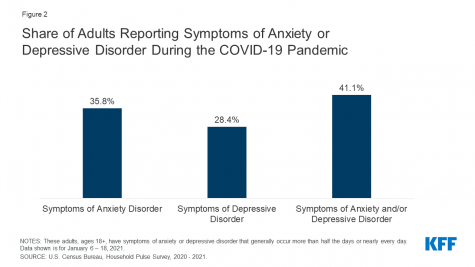
The data that the Kaiser Family Foundation collected has shown the differences in gender, grade, age, etc. Their study showed who could’ve gotten worse mentally through Covid and if anyone has initially learned from quarantining and just being stuck with themselves.
The data in this table shows that young adults 18+ have symptoms of anxiety and depression more than half the days of the week, or even nearly everyday. There are about 35.8% of adults with anxiety, 28.4% with depression, and 41.1% with both disorders.
There were a surprising number of teens who responded positively to the pandemic. This sounds shocking, but being stuck with themselves for over 18 months, many learned new things about themselves and they learned how to cope with their surroundings.
At the same time, almost every teenager and young adult in college have expressed how much they hated not socializing and being around others.
Your donation will support the student journalists of Pace High School. Your contribution will allow us to purchase equipment and cover our annual website hosting costs.

